HotSpots H2O, May 21: Drought, Then Floods, Destabilize Kenya
The Rundown
In recent years, Kenya has grappled with recurring drought. The dry spells are detrimental to agriculture and force many Kenyans to travel long distances for water. An estimated 2.4 million Kenyans are food insecure, and many lack access to clean drinking water.
Resource shortages and political disputes trigger a variety of conflicts in the East African nation. Farmer-herder violence is common and can be partly traced to poorly defined land rights. Water shortages also lead to incidents of human-animal conflict.
In early May, seasonal rains turned to devastating floods, displacing more than 300,000 Kenyans. Although the rains temporarily boosted water supplies, the surplus water also wiped out villages and cropland. Kenya is now faced with widespread displacement and greater food insecurity, two issues that could further destabilize the country.
“Hundreds of thousands of children are at risk. They don’t have food, and the water they’re drinking is dirty…Firstly, it was the drought, and now flooding is wreaking havoc and will impact the lives of people for several months to come. Truly, people are struggling to cope.” –Stephen Omollo, East Africa Vice President for World Vision, a humanitarian aid organization.
By The Numbers
26 percent Decrease in cattle population in semi-arid parts of Kenya in the past 40 years. Cattle herds are becoming more difficult to sustain as resources diminish. The search for pasture often leads to conflicts between herders and farmers.
3 Number of jumbo elephants that were killed in water-related conflicts after Kenya’s Kerio river dried up earlier this year.
311,100 Estimated number of Kenyans displaced by recent flooding in the country. The deluges killed 132 people.
8,500 Acres of seasonal crops that were wiped out by the flooding in Kenya.
5 Current number of active cholera outbreaks in Kenya. The waterborne disease spreads when water and sanitation are inadequate.
On The Radar
Future resource availability in Kenya is uncertain, prompting many herders to diversify. As cattle die off, pastoralists are turning to hardier animals such as goats and sheep. According to experts, diversification may help minimize conflict. Smaller animals require less food and water, and are less likely to be stolen by cattle raiders. For herders, these adaptations are crucial in an era of climate extremes.
Resources and Further Reading
From drought to flooding: More than a million people struggling as continual rain submerges homes across East Africa (Relief Web)
Horn of Africa Region: Humanitarian Snapshot (Mar – Apr 2018) (Relief Web)
Human-wildlife conflict rocks Rimoi as Kerio river dries up (The Star)
In culture shift, Kenya’s Maasai herders swap to goats as drought fells cattle (Reuters)
Land shortages drive conflict over Kenya’s wetlands (Reuters)
Situation Report: Flooding in Kenya (Relief Web)
Kayla Ritter is a recent graduate of Michigan State University, where she studied International Relations and Teaching English to Speakers of Other Languages. She is currently based in Manton, Michigan. Kayla enjoys running, writing, and traveling. Contact Kayla Ritter

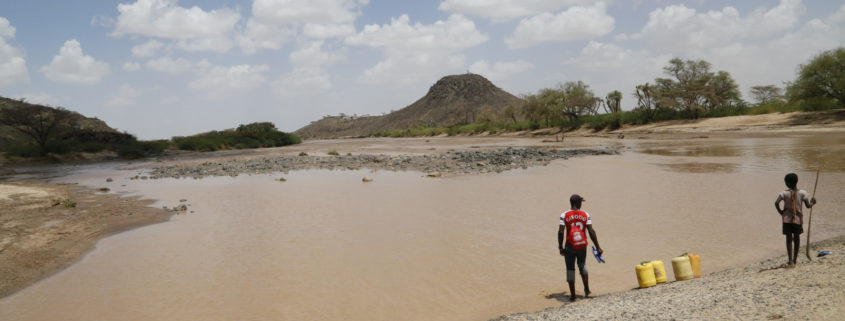

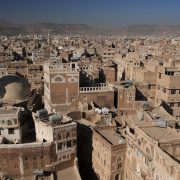
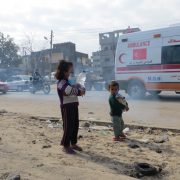
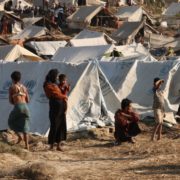
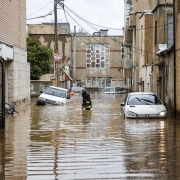
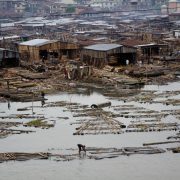
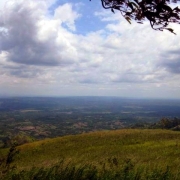



Leave a Reply
Want to join the discussion?Feel free to contribute!